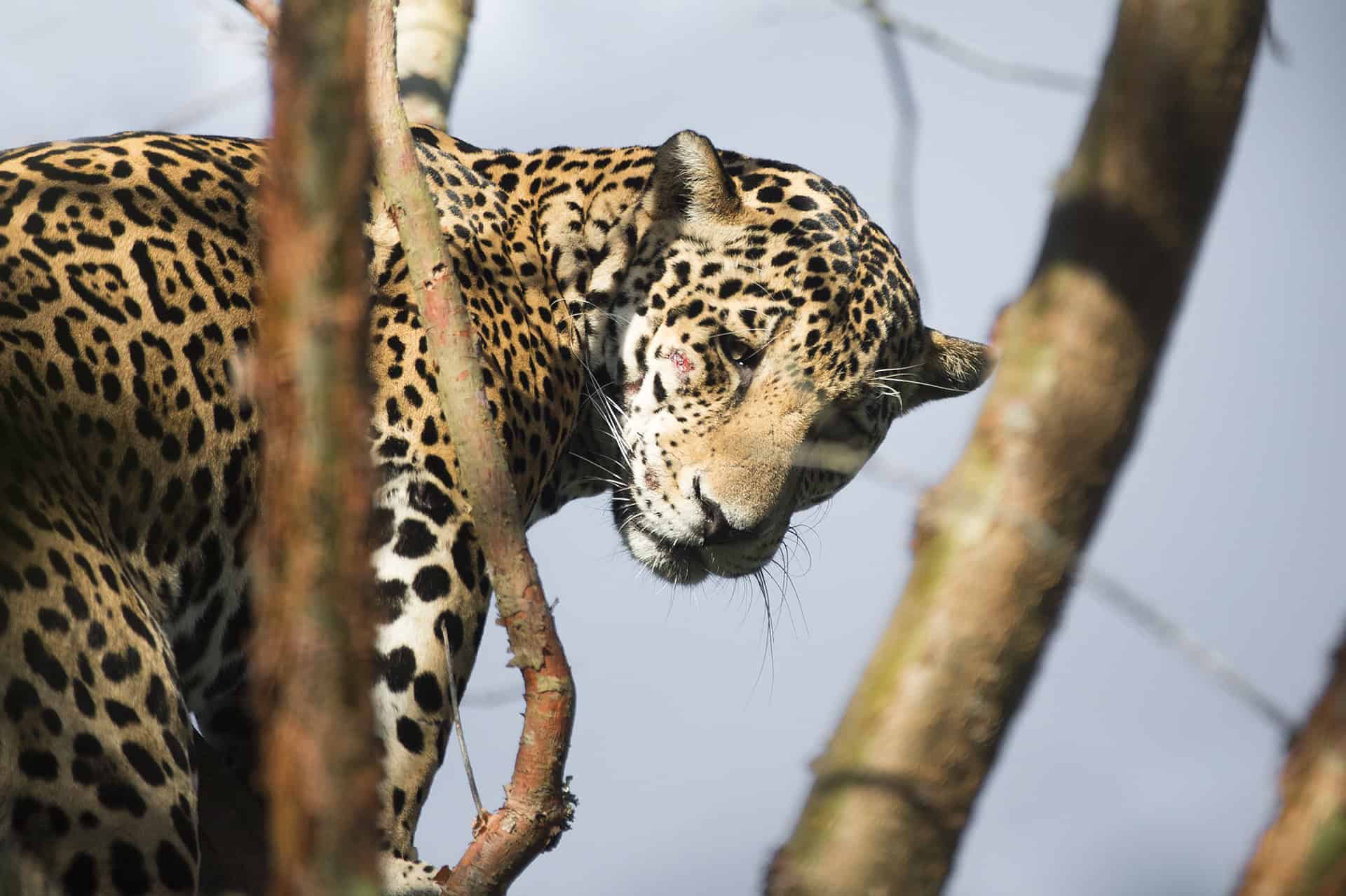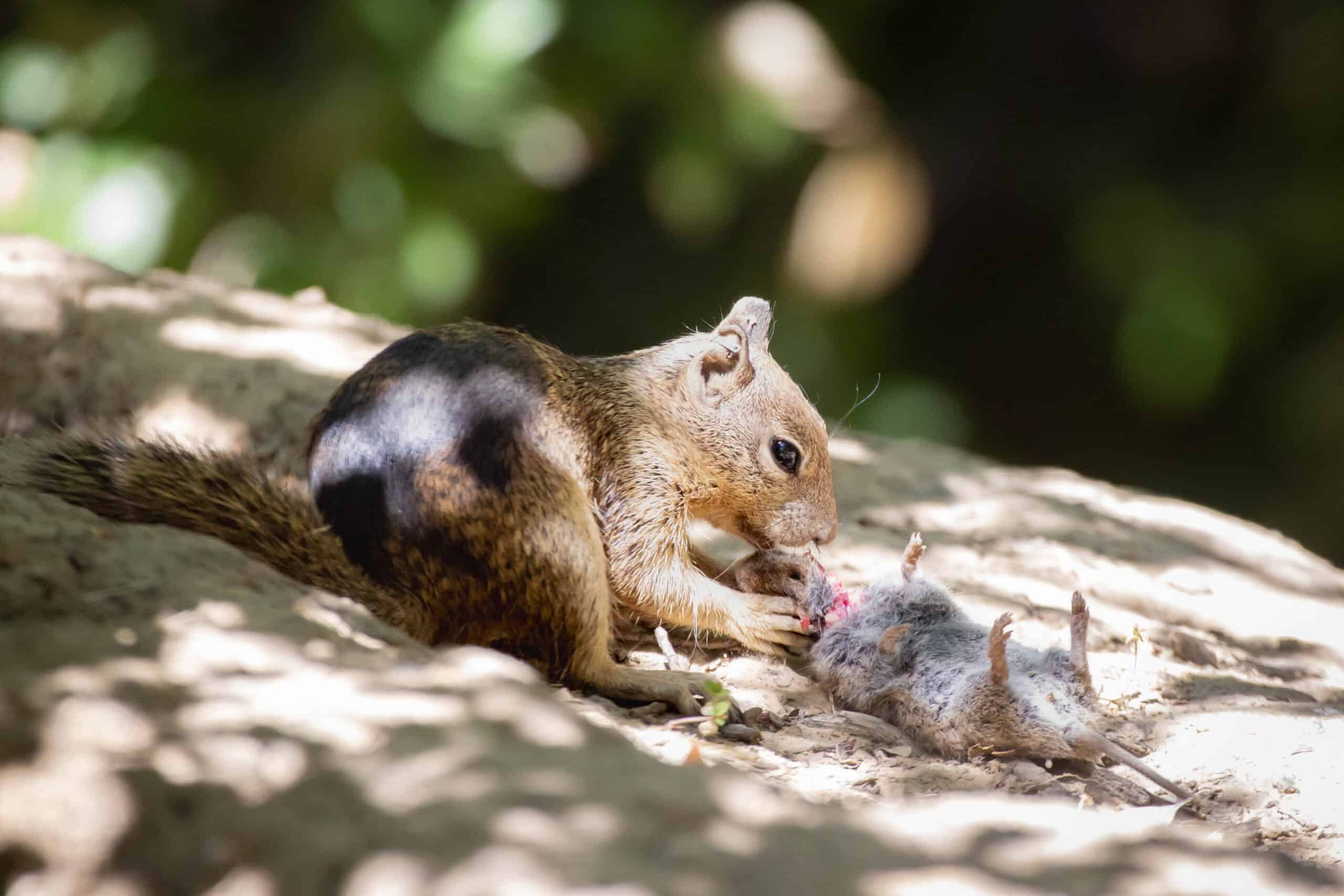Share this article
Wren calls differ between subspecies
Many studies looking at evolution compare differences between big groups of animals, such as mammals versus birds, or differences between species of birds. But recently, researchers found potential evolutionary differences in vocalizations between subspecies of marsh wrens (Cistothorus palustris).
“Subspecies have had much less time to accumulate differences than species. As a result, trait differences found among subspecies are more likely to play an active role in the groups’ initial split,” said Sarah Luttrell, lead author of the study
published in The Auk Ornithological Advances, who was studying at the University of Maryland Baltimore County. “It’s an early snapshot of what might be changing and why that might be important.”
In her research, Luttrell and her colleagues studied five of the 15 marsh wren subspecies, all in the eastern portion of their range. After contacting researchers and scanning eBird, an online database of bird observations from researchers, scientists and citizen scientists,
the team determined where there were large sample sizes of marsh wrens for them to study and record. They spent seven to 10 days at each site from dawn until noon.
“We were sneaking as close as we could to marsh wrens, holding out our microphones and recording and dictating what they do,” she said. “It was hours and hours of standing very still in the marsh, listening, and getting bit by a lot of mosquitoes!”
They recorded sex and age class of individuals, whether they were interacting with any other birds in the marsh, and any other behavior they displayed. “It was generally like being a sportscaster, dictating everything they do from nest building and making a noise or looking alert and making a different noise,” she said.
After collecting the data, Luttrell and her team looked at three different levels of variation between the subspecies: freshwater versus saltwater wrens, migratory versus non-migratory wrens and geographic distribution.
They were surprised to find that the calls that varied the most in acoustic properties such as frequency and timing among subspecies were calls used for mate attraction or territory patrol. The levels of bird call variation were greatest across habitat type of freshwater versus saltwater marsh.
They also found dramatic differences in the usage of calls. “There were populations where, despite our best efforts and hours and hours of recording, we just never heard a particular call,” she said. “That call type would be really, really common in a different population.” A “Twitter” call, used in sexual selection or territory control, was observed commonly in all saltwater subspecies, but was only heard twice in freshwater populations.
“This gives us an additional reminder that just because a species is widespread, that doesn’t mean the local populations don’t have unique traits that are worth observing and thinking about,” Luttrell said.
Header Image: Sarah Luttrell captures a recording of a marsh wren’s call. She and her colleagues spent hours recording the birds’ songs and behaviors. Courtesy of Sarah Luttrell.








